Emergency services fleets have been urged to accelerate their transition to zero emission vehicles after a major research project laid bare the progress made so far.
Researchers from Emergency Services Times, in partnership with Cenex, gained a detailed overview of where the UK’s police, fire and ambulance fleets are with their transition to electric vehicles for its Blue Lights, Green Fleet report.
It received 103 replies from bluelight fleets to Freedom of Information requests looking at a number of areas, including how many battery electric and hybrid vehicles they operated and their future plans.
It also looked at the investment – past and planned – organisations are making in the technology, how current vehicles are suited to operational needs, and what brands they are using to aid in the transition.
The research found 13% of the total emergency services fleet (53,448) is currently electric or hybrid.
Police forces reported a total fleet of just under 32,000 vehicles across the UK, with 15% having electrified powertrains.
Fire and ambulance services each have around 10,000 vehicles, with around 10% electrified.
Emergency services fleets have been urged to accelerate their transition to zero emission vehicles after a major research project laid bare the progress made so far.
Researchers from Emergency Services Times, in partnership with Cenex, gained a detailed overview of where the UK’s police, fire and ambulance fleets are with their transition to electric vehicles for its Blue Lights, Green Fleet report.
It received 103 replies from bluelight fleets to Freedom of Information requests looking at a number of areas, including how many battery electric and hybrid vehicles they operated and their future plans.
It also looked at the investment – past and planned – organisations are making in the technology, how current vehicles are suited to operational needs, and what brands they are using to aid in the transition.
The research found 13% of the total emergency services fleet (53,448) is currently electric or hybrid.
Police forces reported a total fleet of just under 32,000 vehicles across the UK, with 15% having electrified powertrains.
Fire and ambulance services each have around 10,000 vehicles, with around 10% electrified.
Among the trailblazers detailed in the report are the Met Police, which has more than 1,600 electric vehicles, the Scottish Fire and Rescue Service with 243 EVs, including an electric hybrid fire engine, and the Scottish Ambulance Service which has 295 electric or hybrid vehicles.
However, some organisations are yet to start their electrification journey or are at the very beginning – the research found 10 police forces had no electric vehicles at all.
There are currently two electric ambulances in London, while there are two electric hybrid fire engines in the UK – one in London and the other in Scotland.
“There’s a lot of uncertainty; these are new technologies and, particularly with the scaling investment required, there are quite a few organisations waiting to see where other forces are going,” Richard Muirhead, director of commercial services at West Mercia Police, told an EST webinar held to launch the report. He also leads on fleet for the National Police Chiefs’ Council.
“There are one or two forces which are driving forward with it, whereas others are looking to see what lessons they get from them and also, to some extent, waiting for more direction from central government – and even possibly some funding.”
Electric vehicle suitability
The research found police forces are currently using EVs and hybrids for all sorts of day-to-day work, from transporting dogs to carrying supplies to workshops and police stations.
The forces in Suffolk and Norfolk, for example, use their EVs for dog transport and driving school, as well as a range of marked and unmarked cars for operational activity.
So can the current range of BEVs fulfil all of a police force’s operational needs?
“The short answer is ‘no’,” says Muirhead. There is an expectation among most of us that they will meet operational needs in the very foreseeable future, possibly in only a year or two.
“We don’t have the big vehicles that require the degree of conversion involved in a fire engine, for example, although there is a fair amount needed for a response vehicle.
“It is very much around the range and the speed at which you can recharge the vehicle. Then there is an issue with the top speed of electric vehicles. They tend to only go up to 112mph which is plenty fast enough for most of us, but officers on some jobs go well beyond those speeds.
“We’re keeping an eye on hydrogen because it may be that if BEV doesn’t get to where we think it will, do we then look at a mixed fleet where the fast response vehicles are hydrogen and the rest is electric.”
Fire and ambulance services also face challenges in adopting electric vehicles.
Obstacles for ambulances include payload, duty cycles and the need for onboard power, while the big issue for fire and rescue services is getting an appliance that can respond to incident quickly, ensure prolonged periods of water pumping and carry all the equipment necessary to deal with fires, flooding and other incidents.
“It’s relatively simple to buy support vehicles and fast response cars, because those vehicles exist,” Glynn Richardson, head of Transport and logistics at West Yorkshire Fire, told the webinar.
“The fire appliance is quite a different conversation that requires someone to go first and design a fire truck that doesn’t exist yet.
“There’s lots of work going on in the background by companies like Emergency One and Rosenbauer, but it’s kind of a chicken and egg thing.
“Until an OEM like Volvo brings out their own base vehicle chassis, the vehicle body builders who produce appliances have got a very difficult task, which is converting what is a chassis built for an internal combustion engine into fully electric, and that is a very difficult thing to do.”
Major investment
The research also asked the emergency services how much they had spent on electrifying their fleets up to November 2024.
There were three outliers – Police Scotland had spent £25 million, the Scottish Fire and Rescue Service with £11.4m and the Scottish Ambulance Service at £10.6m.
London Ambulance Service has spent £5.1m. Next on the list of top-spenders is Merseyside Police with £3.2m and the Yorkshire Ambulance investing £3.1m.
The research found two-thirds of emergency services do not know how much they will spend on electric or hybrid vehicles before 2030, and there was little planning to deal with the upcoming deadline when new diesel and petrol cars will no longer be sold.
Many services said they “had no plans”, were developing plans, or replied “information not held.”
Of those who gave details, Met Police said they planned to buy 677 new electrified vehicles by 2030. About half of them will be bought in the next year.
South Yorkshire and North Wales police forces both plan to buy 400 EVs each, but are starting from a low base with 19 and 38 respectively.
The Civil Nuclear Constabulary response stands out because it says it only plans to buy hybrids – 64 over the next two years – because it doesn’t have the infrastructure for EVs.
The force said it plans to spend “approximately £3.5m but to replace the whole fleet as per government targets it will be approximately £10m”.
Many national fleet leads told researchers that unless there is more funding for charging and strategies to install the necessary infrastructure, this will inhibit the pace of buying more electric vehicles.
However, the cost of introducing EVs can be mitigated by lower wholelife costs. Muirhead expects to see EVs and hybrids lasting four to seven years, with wholelife costs less than ICE vehicles.
“If each EV can save you £700 to £1,000 a year, which is what the figures are suggesting, and around 70% of the total police fleet of 39,000 can be converted now, then we are wasting somewhere in the region of probably £30m a year by not transitioning now.”
Login to continue reading.
This article is premium content. To view, please register for free or sign in to read it.



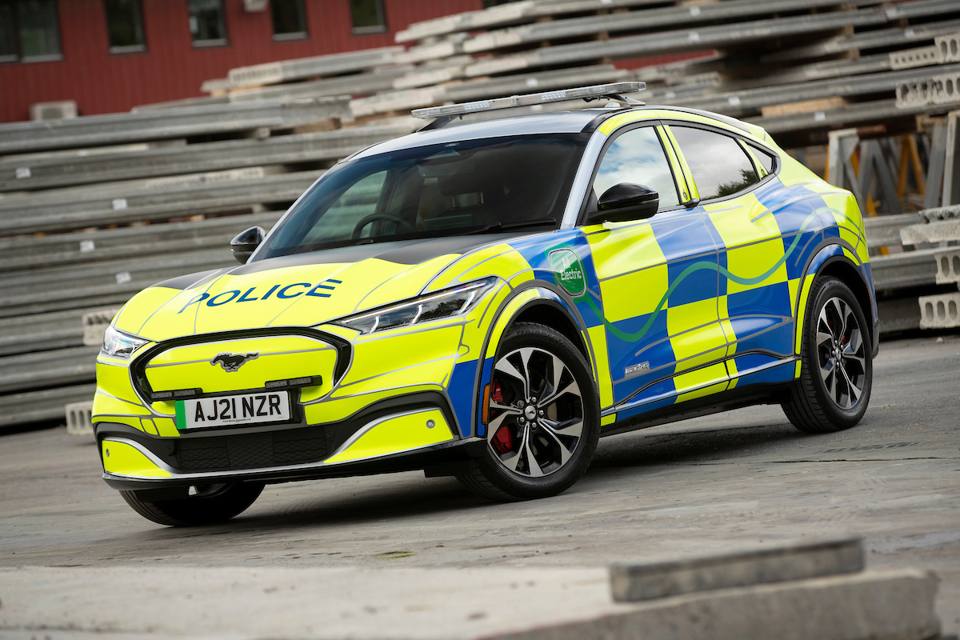
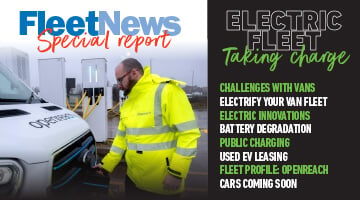




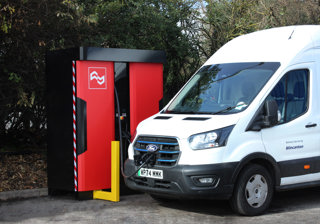

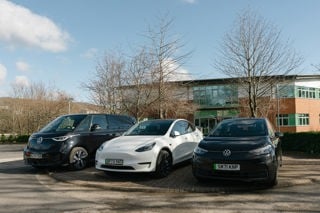
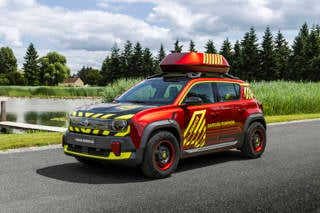







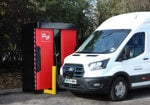



Login to comment
Comments
No comments have been made yet.